Regulations on relic protection zones in Vietnam
What are the regulations on relic protection zones in Vietnam? What is the responsibility to protect the relics?- Hoang Yen (Tien Giang)
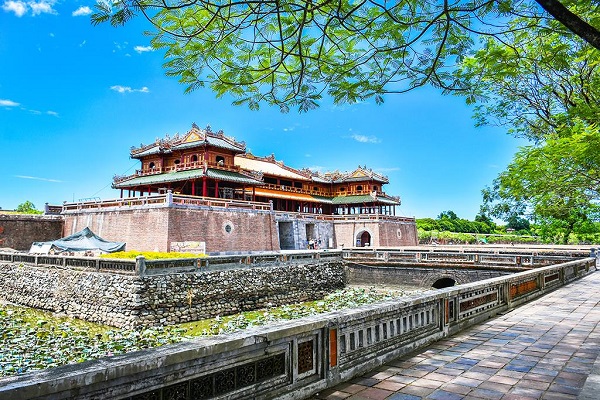
Regulations on relic protection zones in Vietnam (Internet image)
Regarding this issue, Lawnet would like to answer as follows:
1. Regulations on relic protection zones in Vietnam
(i) Relic protection zones include:
(i.1) Protection zone I covers the relic and the area(s) determined as the relic’s original constituents, which must be protected in original state;
(i.2) Protection zone II is the area surrounding the protection zone I of the relic, where works can be constructed in service of the promotion of the relic’s values, provided that they do not affect the architecture, natural scenery and ecological environment of the relic.
In cases where the protection zone II cannot be determined, the determination of the sole protection zone I shall be decided by the presidents of the provincial-level People’s Committees for the provincial-level relics, by the Minister of culture, sports and tourism for the national relics, or by the Prime Minister for the special national relics.
(ii) The construction of works in the protection zone II as mentioned at (i.2) for national relics and special national relics must be agreed upon in writing by the written consents of the Minister of culture, sports and tourism, or by the presidents of the provincial-level People’s Committees for provincial-level relics.
(iii) Protection zones specified in (i) shall be delineated on cadastral maps enclosed with records on protection zone marking-off and must be affirmed by competent State agencies in dossiers on relics.
(Article 32 of the Law on Cultural Heritage 2001)
2. Responsibility to protect relics in Vietnam
According to Article 33 of the Law on Cultural Heritage 2001 (amended in 2009) stipulates the responsibility to protect relics in Vietnam as follows:
- Organizations and individuals that are relic owners or assigned relics for management and use shall have to protect such relics.
In cases where they detect that a relic is encroached upon, ruined or in danger of being ruined, they shall have to promptly take preventive measures and report such to their immediate superior agency, the local People’s Committee or the nearest competent State agency in charge of culture, sports and tourism.
- The local People’s Committees or the competent State agencies in charge of culture, sports and tourism shall, upon receiving reports on relics being ruined or in danger of being ruined, have to promptly apply preventive and/or protective measures and immediately report such to their immediate superior agencies.
- The Ministry of Culture, Sports and Tourism. shall, upon receiving reports on relics being ruined or in danger of being ruined, have to promptly direct and guide the local competent State agencies and/or owners of such relics to immediately apply preventive and/or protective measures; and report to the Prime Minister, for special national relics.
- Construction works, places, natural landscapes or natural zones which satisfy the criteria specified in Article 28 of the Law on Cultural Heritage 2001 and have been included in local lists of inventoried relics shall be protected under the Law on Cultural Heritage 2001.
At least once every 5 years, provincial-level People's Committees shall review, and decide to remove from local lists of inventoried relics, construction works, places, natural landscapes or natural zones which are ineligible for ranking as relics.
Nguyen Ngoc Que Anh
- Key word:
- relic protection zones
- in Vietnam
- relic
- Regulations on the Effectiveness of the Latest Land Recovery Notification
- Guidance on Extending the Deadline for Paying Special Consumption Tax on Locally Produced or Assembled Automobiles
- Prohibited acts of accreditors of higher education and pedagogical colleges in Vietnam
- Criteria for assessment of construction of safe schools for prevention and control of accidents and injuries
- Guidance on allocating merit money excluding purposeful funds allocated to the Monument Management Board in Vietnam
- Specific expenditures in the protection and promotion of monument values in Vietnam
-
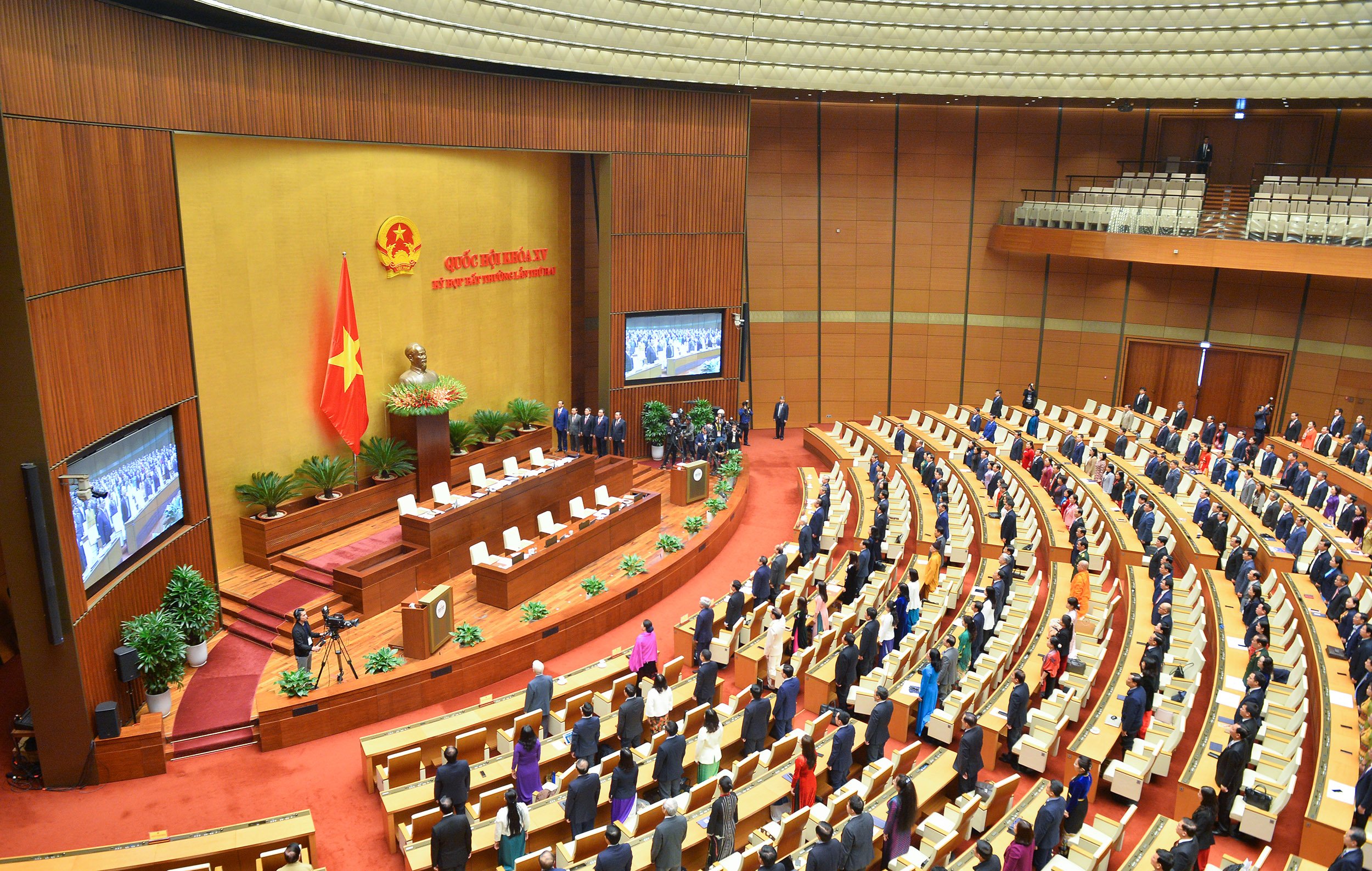
- Development of human resources to advise on law ...
- 11:30, 31/08/2024
-
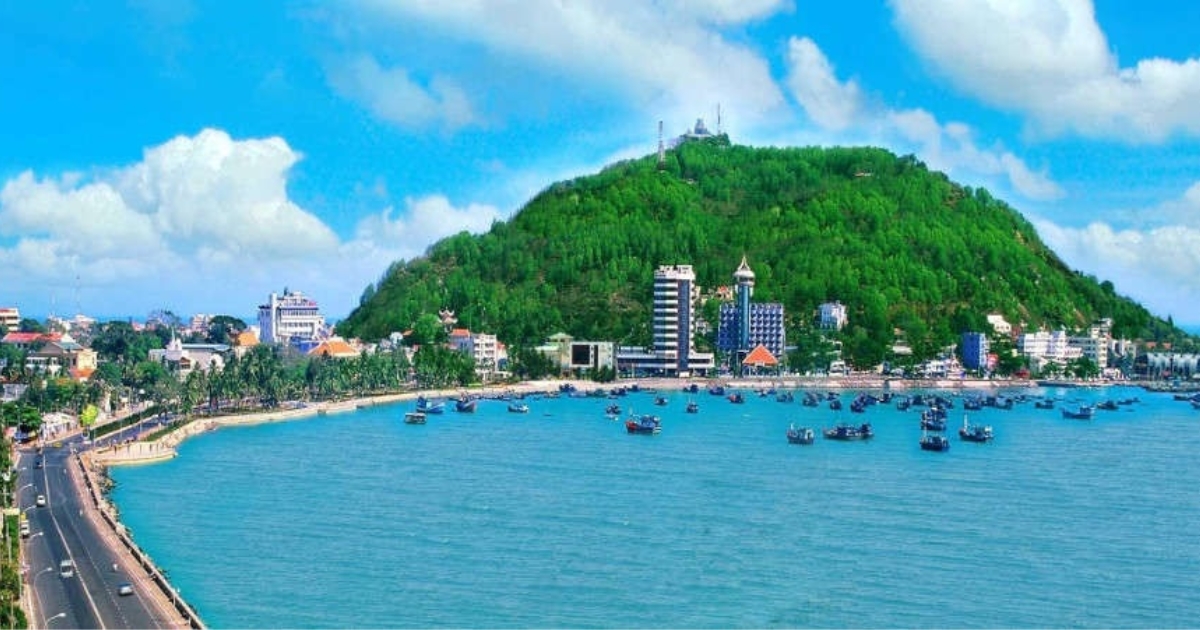
- National marine spatial planning in Vietnam for ...
- 09:29, 31/08/2024
-
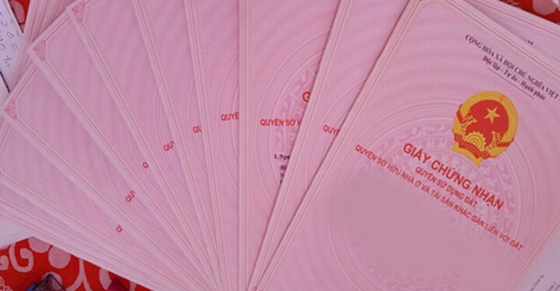
- Newest guidelines for issuance of Certificate ...
- 18:00, 30/08/2024
-

- Credit rating process in Vietnam
- 12:00, 30/08/2024
-
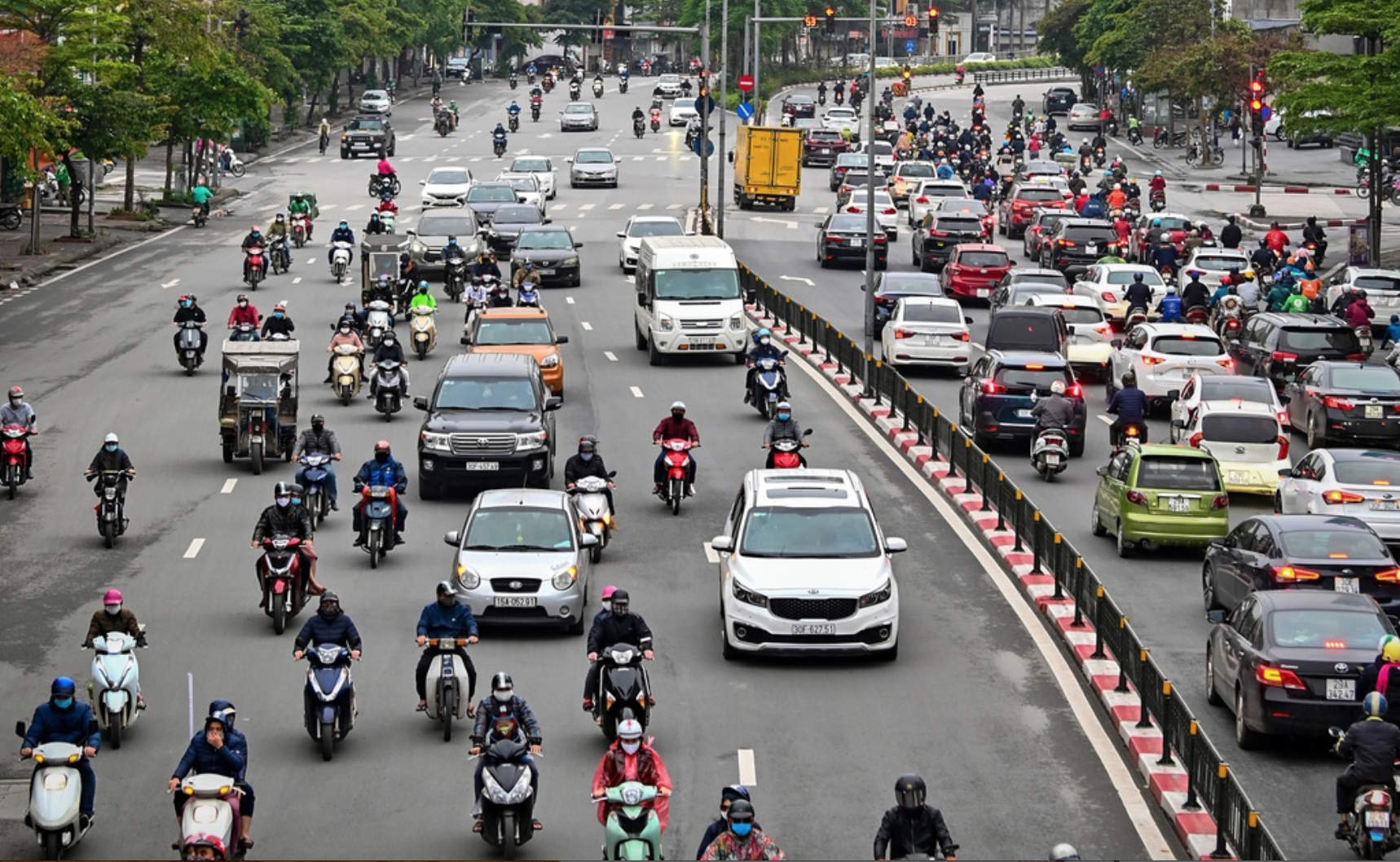
- Guidance on road classification by decentralization ...
- 09:30, 30/08/2024
-

- Regulations on the Effectiveness of the Latest ...
- 18:30, 31/08/2024
-

- Regulations on the System of National Defense ...
- 18:00, 31/08/2024
-

- Guidance on Extending the Deadline for Paying ...
- 17:30, 31/08/2024
-

- Subjects and Conditions Eligible for Amnesty in ...
- 17:00, 31/08/2024
-

- Law on Data anticipated to be passed in May 2025
- 16:47, 31/08/2024
 Article table of contents
Article table of contents
